Seven
PRESENT DAY
Driving north on Clark Street from Foster Avenue, one will notice a potpourri of cultures and ethnic storefronts. Although the once-famous Swedish businesses retain the original names on vintage marquees and fading awnings, new owners have arrived to assume command and thrive in the new gentrified economy. And while “Andersonville”—the Scandinavian nomenclature for Edgewater’s cultural gem to the east—struggles to retain its once-great Swedish heritage, a few remaining holdouts continue to survive and in some cases, flourish.
The Swedish-American Museum Center, a bastion of Swedish history and culture, offers a rich sense of scholarship and community to those who pass through its doors. The delicatessens and eateries, once flanked by Swedish immigrants in standing-room-only positions, console themselves with the twice-a-year financial boom brought about by the visiting masses at Christmas and Midsommarfest. Chicago telephone books—honeycombed with surnames such as Anderson, Gustafson, Nyholm, and Swedborg—testify to the city’s lingering Swedish presence. And the children and grandchildren of Swedes who once formed the nucleus of our fair city now occupy the margins and dot the corners of more pastoral communities known as Geneva, St. Charles, and Bishop Hill.
But I leave you with this promise: if you listen while sipping your glögg in the icy depths of December’s chill, you can hear the echoes of Sandburg and Algren; and while you gleefully cheer for our Chicago Cubs when Wrigley Field seizes you in its humid grip, you can feel the legacy of Lanquist; and as you take your place on the “el” trains and buses among the many denizens making their daily commute to work, you can sense the spirits of the builders, the painters, the bakers, the machinists, and the laborers who sweat, and toiled, and breathed their legacy into the invisible, but-always-present Viking mosaic that some of us fondly refer to as “Swedish Chicago.”
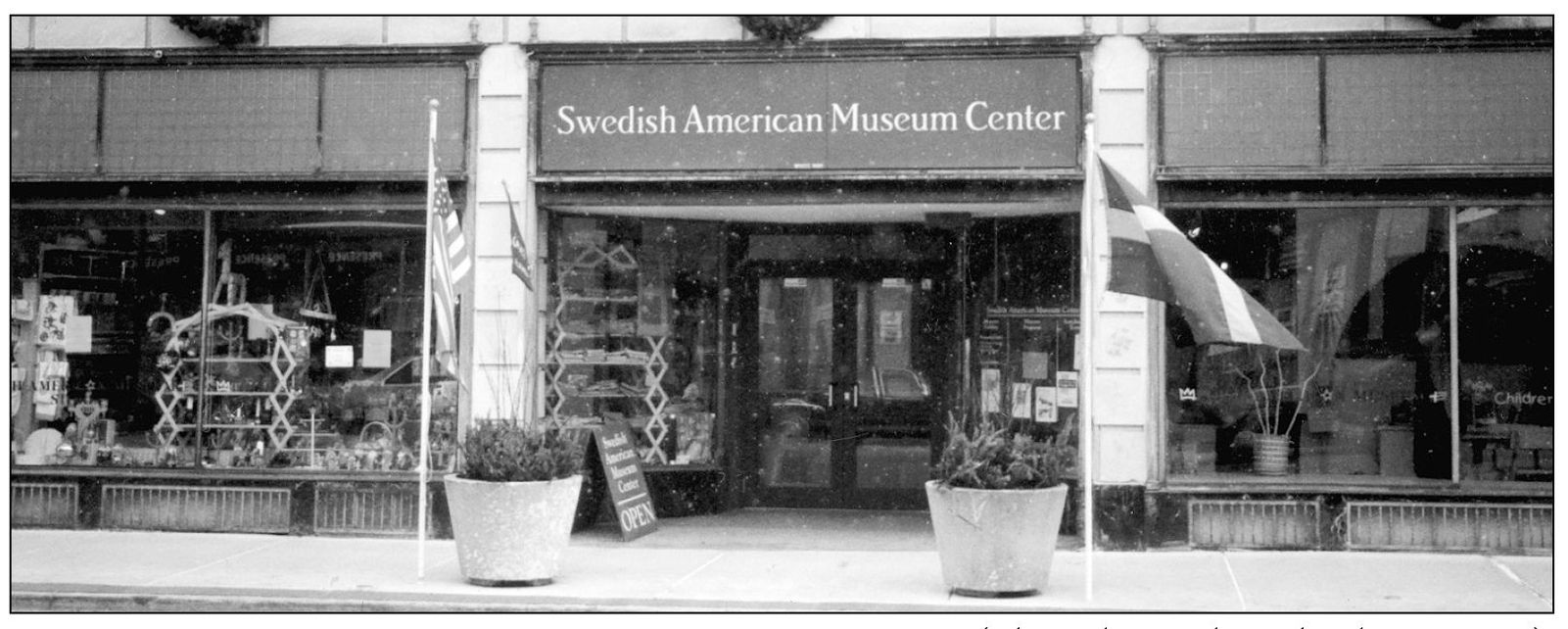
SWEDISH AMERICAN MUSEUM CENTER EXTERIOR, 2003. (Photo by Paul Michael Peterson.)

SWEDISH BAKERY, 2003. Although no longer under the original Swedish management, the Swedish Bakery continues to pack them in. Residents and visitors rely on the large selection of breads, cakes, and pastries to complement even the most basic of celebrations. (Photograph by Paul Michael Peterson.)
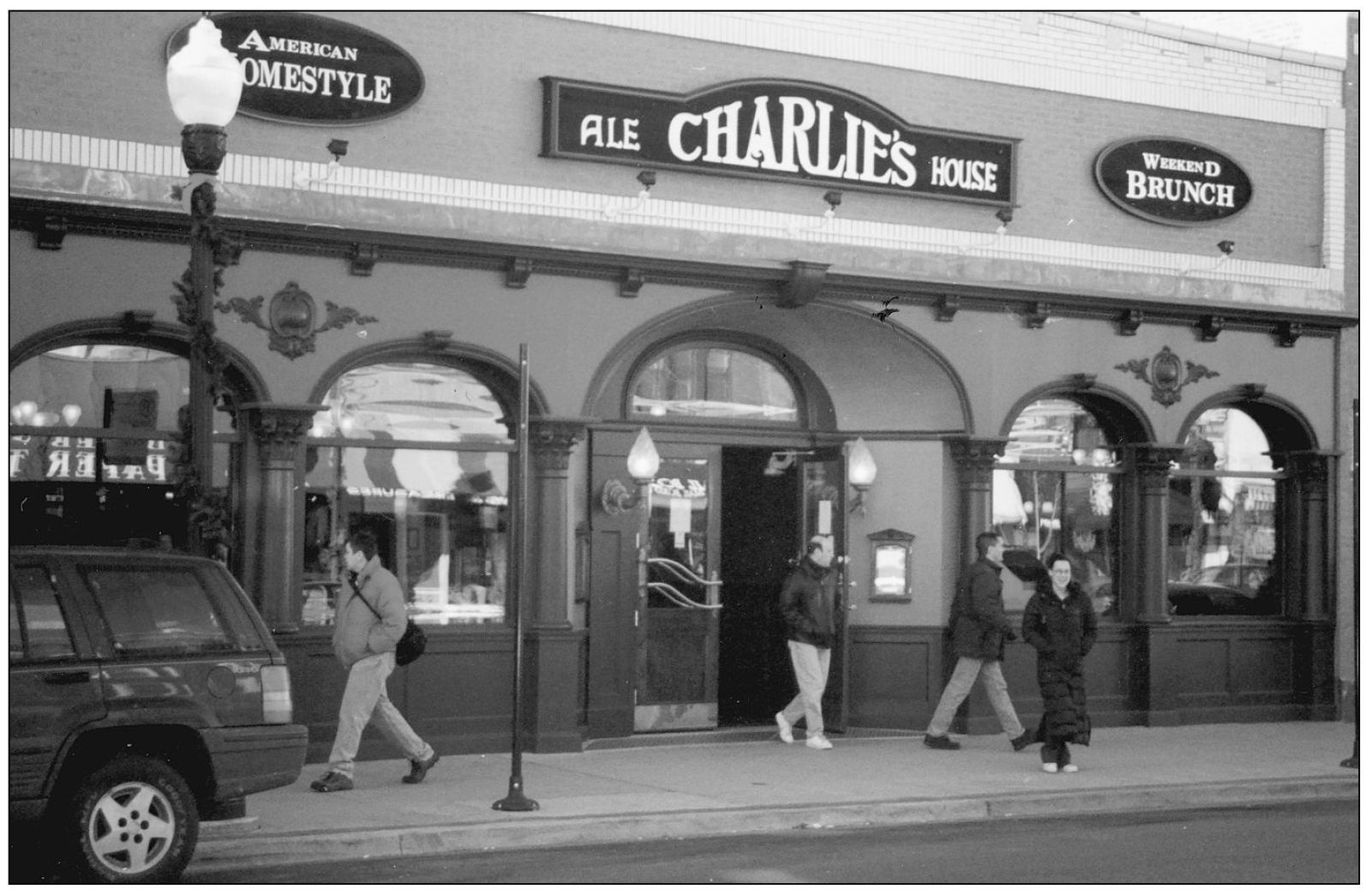
CHARLIE’S ALE HOUSE, 2003. Reflecting the masses of gentrification in a rapidly evolving neighborhood, Charlie’s Ale House is one example of a sophisticated consumerism replacing the familiar and traditional storefronts in which neighborhood residents and Swedes once took solace. (Photograph by Paul Michael Peterson.)

PREPARING FOR MIDSOMMAR CELEBRATION, JUNE, 2003. Pictured, from the left, are Anna Dupont, Katharine Chandler, Kristin Rimington, and Marie Bolling. They are preparing cut flowers at the Swedish American Museum for the upcoming Midsommar celebration. (Photograph by Paul Michael Peterson.)

SWEDISH-AMERICAN ARCHIVES OF GREATER CHICAGO, NORTH PARK UNIVERSITY’S BRANDEL LIBRARY. Established in 1968 by the Swedish Pioneer Historical Society (later renamed the Swedish-American Historical Society), the Swedish-American Archives of Greater Chicago offers a virtual treasure chest of archival material related to the Swedish experience in Chicago area. Ellen Engseth, director of Archives and Special Collections for the SAAGC, offers a knowledge of Swedish archives unrivaled in scope by anyone I’ve encountered in six months of preliminary research. (Photograph by Paul Michael Peterson.)
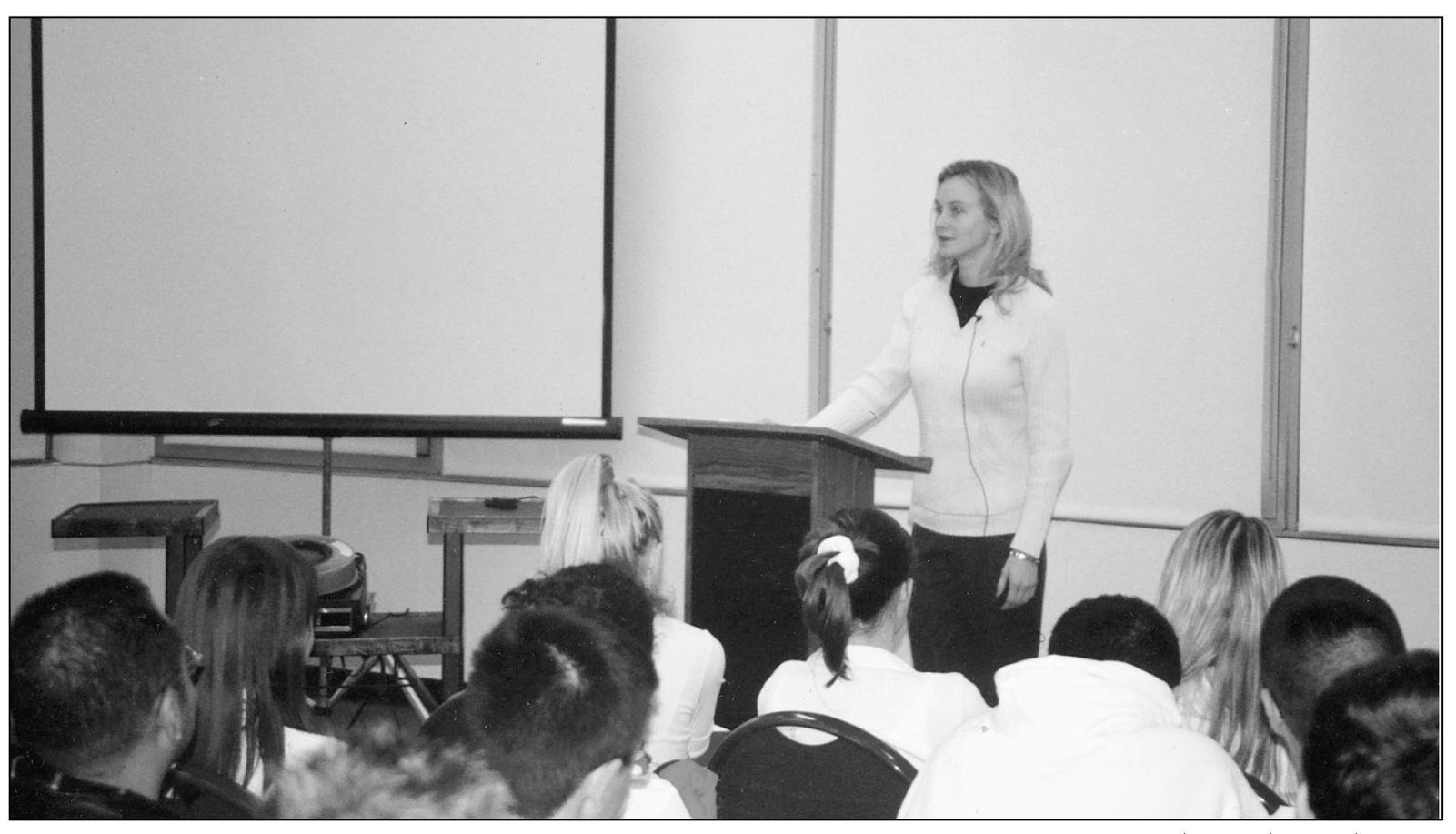
SWEDISH EXCHANGE STUDENT VISITS TAFT HIGH SCHOOL, 2003. North Park exchange student Therese-Marie Malm spoke to students enrolled in Taft High School’s International Baccalaureate Program. Celebrating an I.B. tradition known as “International Week,” Miss Malm educated students with information about Sweden’s culture and economy. (Photograph by Paul Michael Peterson.)
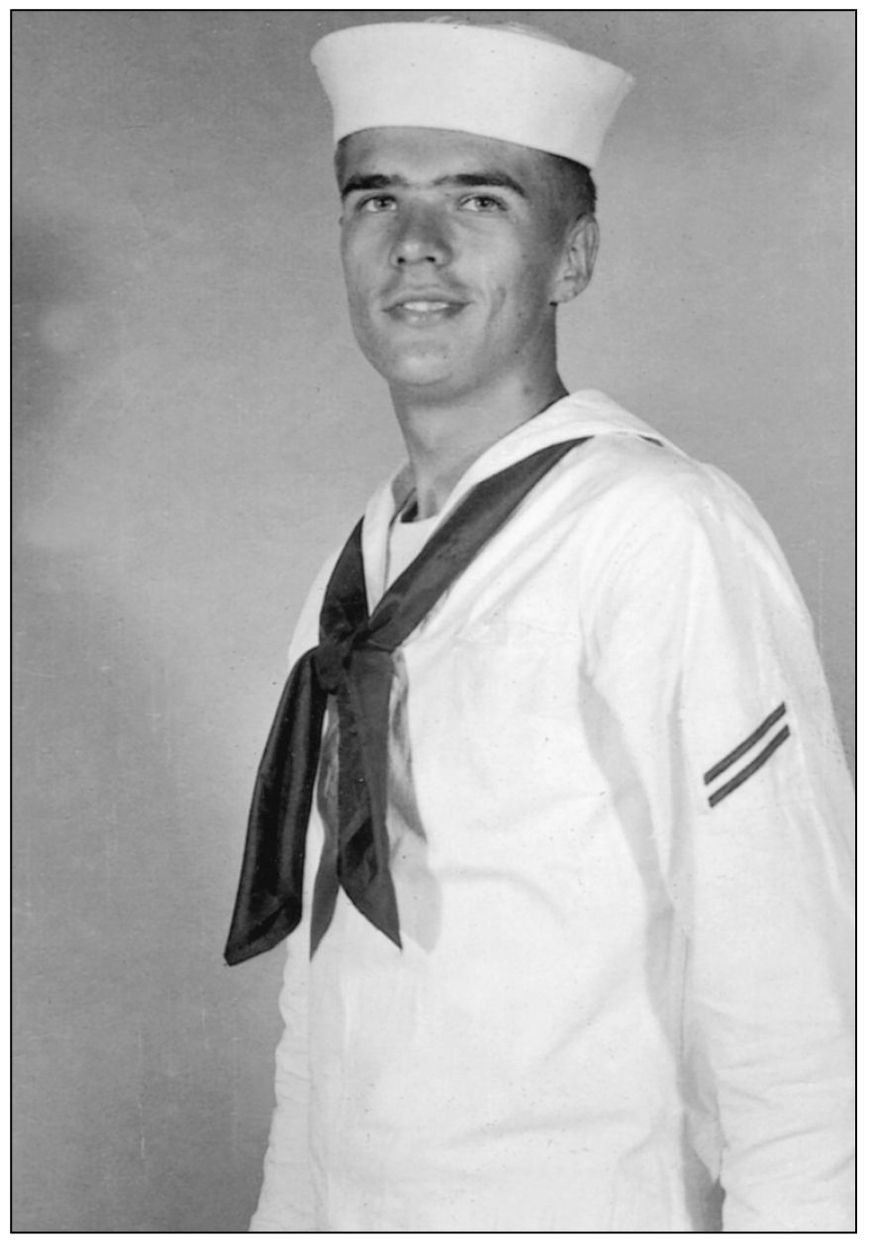
TWO GENERATIONS OF SWEDISH-AMERICANS. Chicago resident Jim Thorson (pictured below), a science educator and member of the U.S. Naval Reserve, followed in the footsteps of his father, Ronald (above), when he decided to serve his country. Although originally from Rockford, Illinois—another Swedish enclave outside of Chicago—Jim now makes his home in the city. (Courtesy of Jim Thorson.)
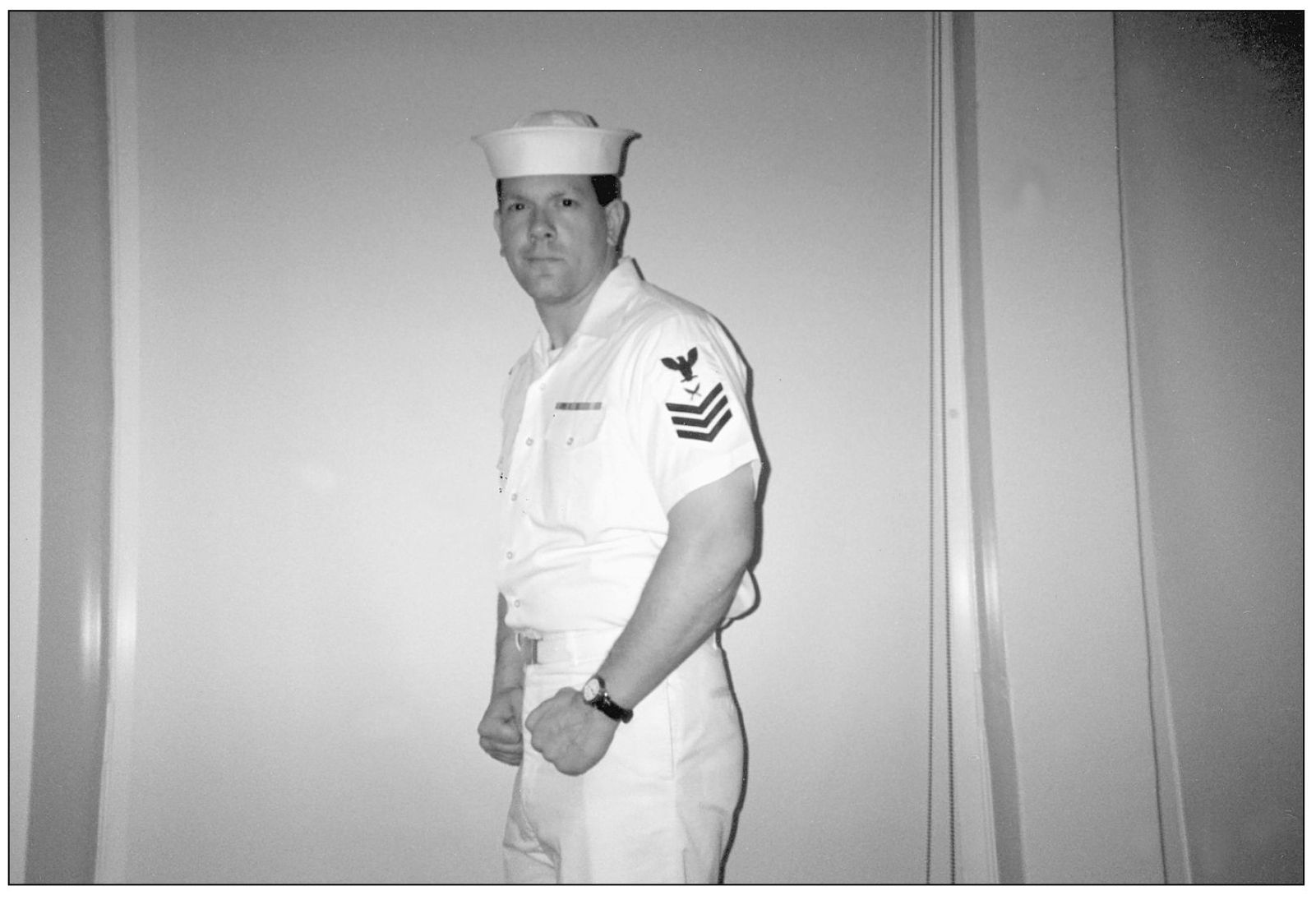
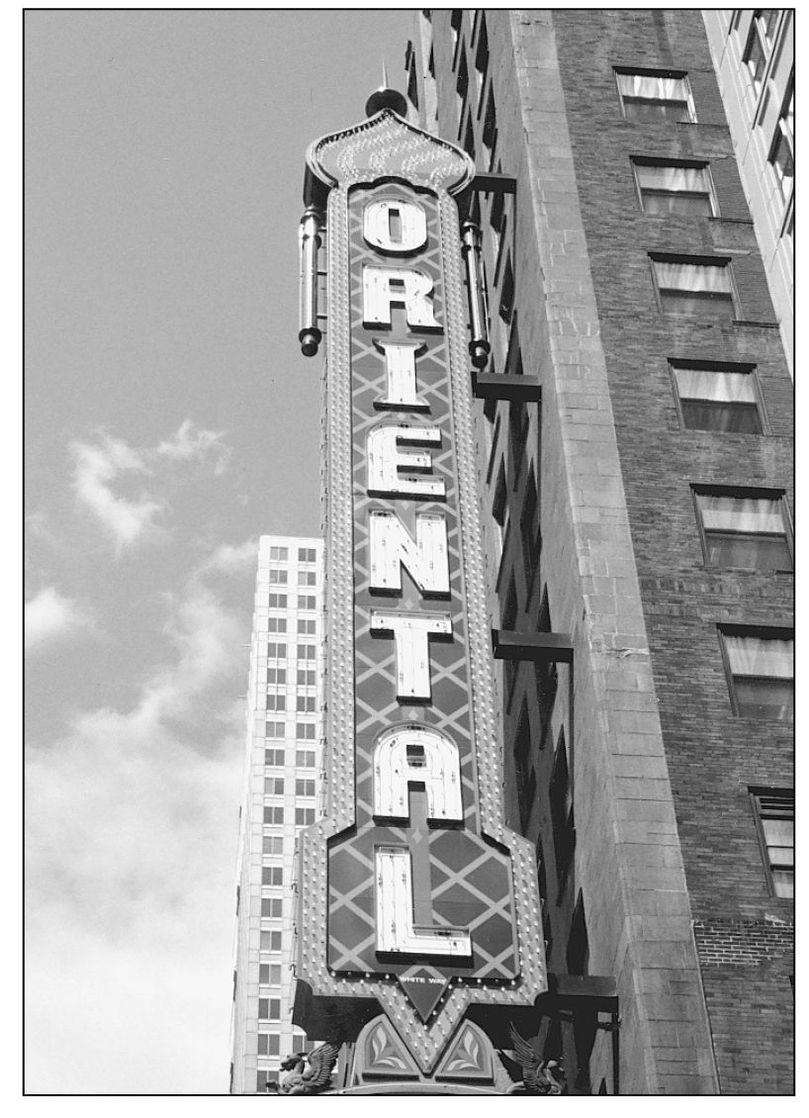
MAMA MIA! Chicago’s Oriental Theater hosts a production of Mama Mia!—a musical by former ABBA members Benny Andersson and Bjorn Ulvaeus. (Photographs by Paul Michael Peterson.)
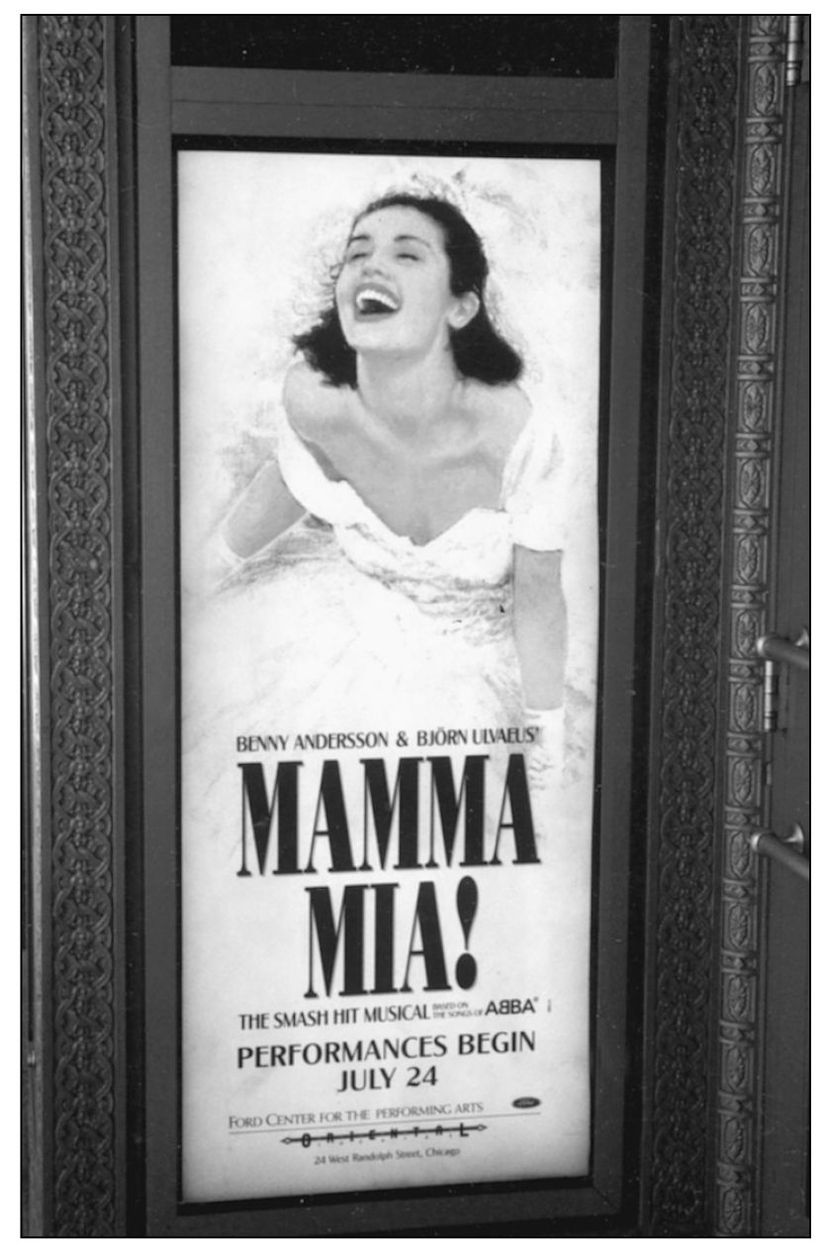
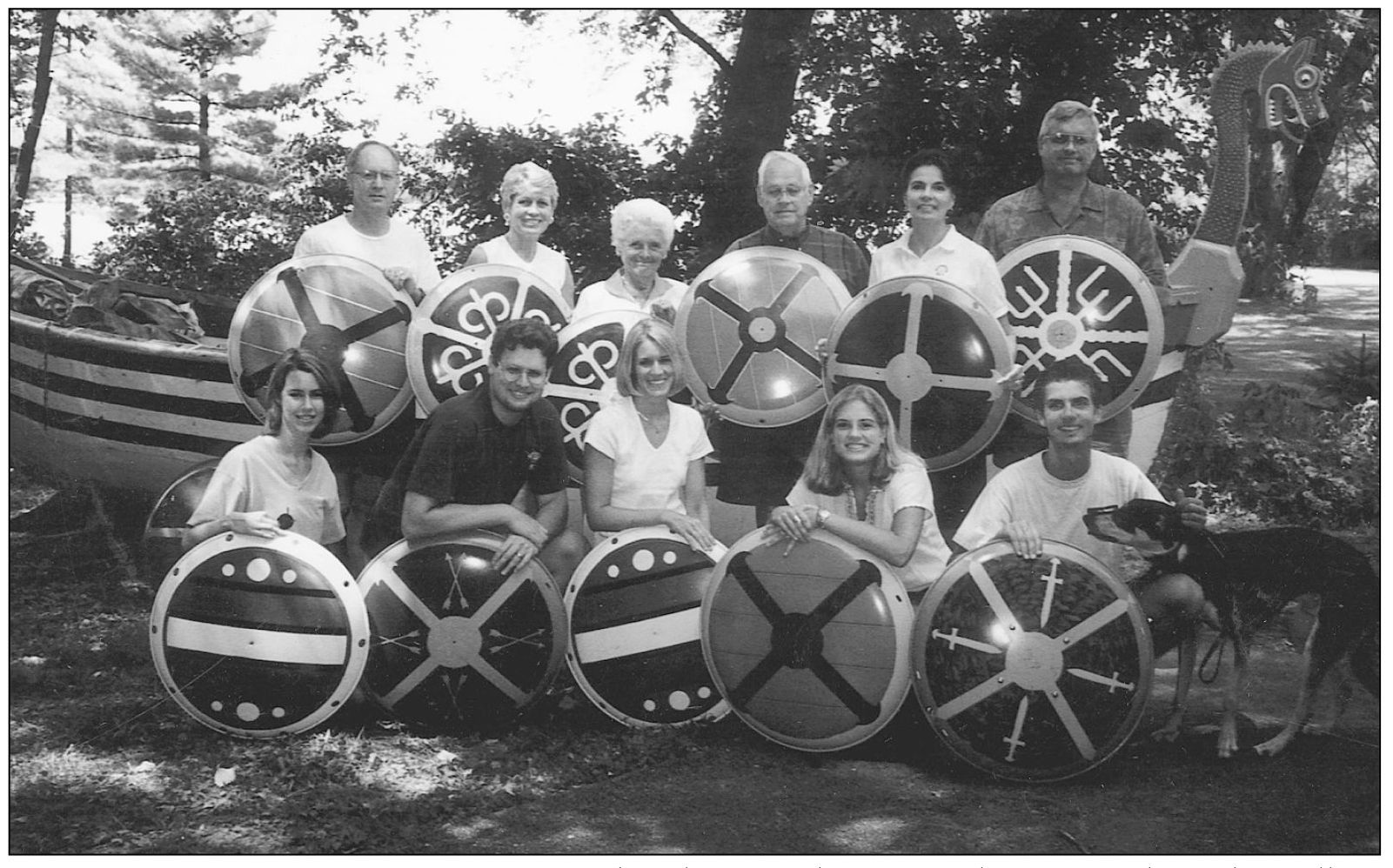
THE PEHR BOLLING FAMILY. Enjoying the clean, fresh air at Lake Marie, the Pehr Bolling family poses for a group photograph. Pictured, from left to right, are: (back row) Paul Rimington, Barbara Rimington, Harriett Bolling, Pehr Bolling, Birgitta Bolling, and Tom Bolling; (front row, kneeling) Amy Rimington, Robert Rimington, Kristen Rimington, Marie Bolling, and Carl Bolling. (Courtesy of Pehr Bolling.)
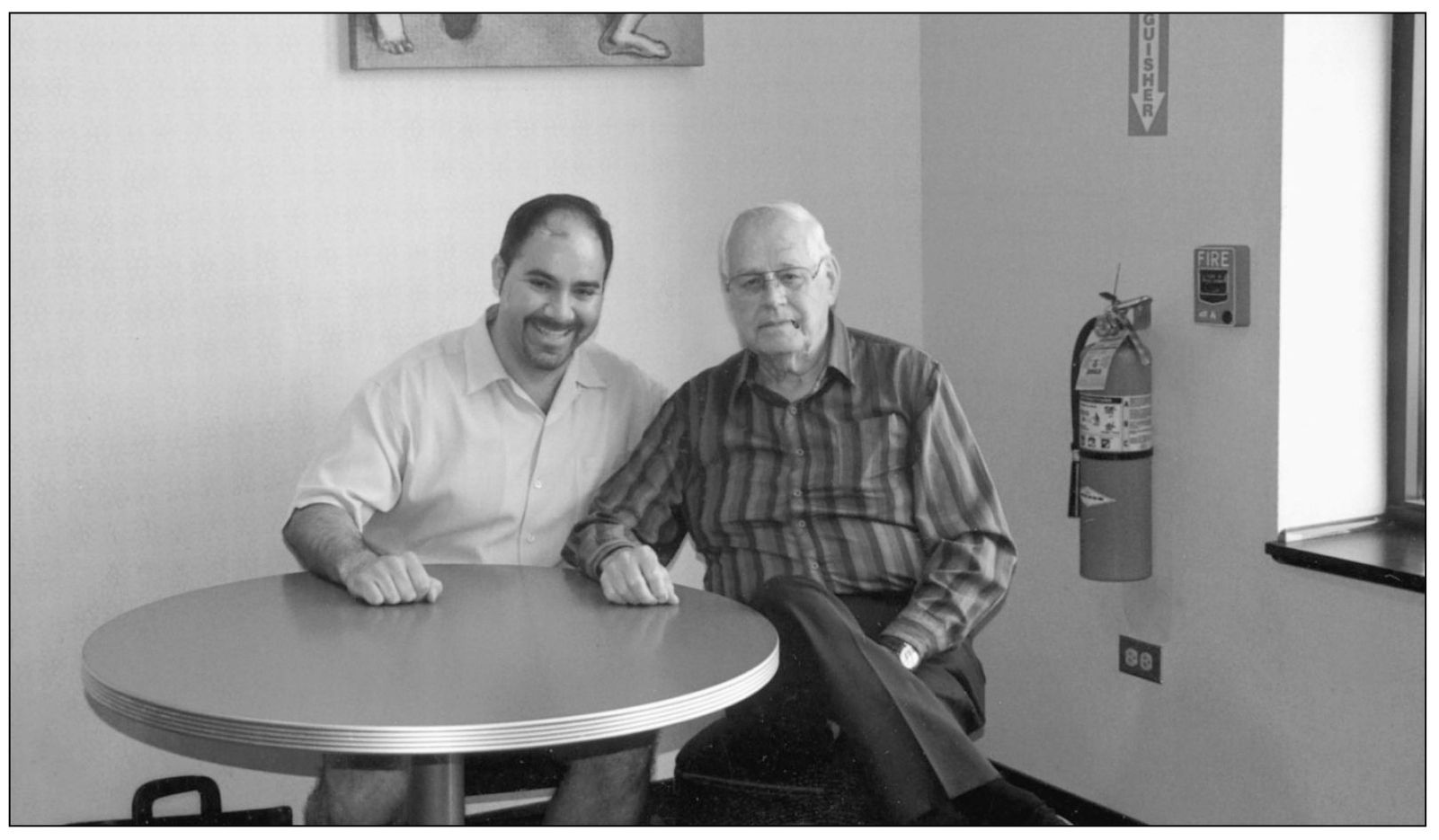
PAUL MICHAEL PETERSON AND PEHR BOLLING, BARNES AND NOBLE, DEERFIELD, 2003. “You don’t look like a Swede!” were Mr. Bolling’s first words to me upon meeting each other. I found the man to possess a warm and professional nature, complemented by a strong work ethic—a symbol of the Swedish immigrants about whom I’ve been striving to learn. (Courtesy of Paul Michael Peterson.)
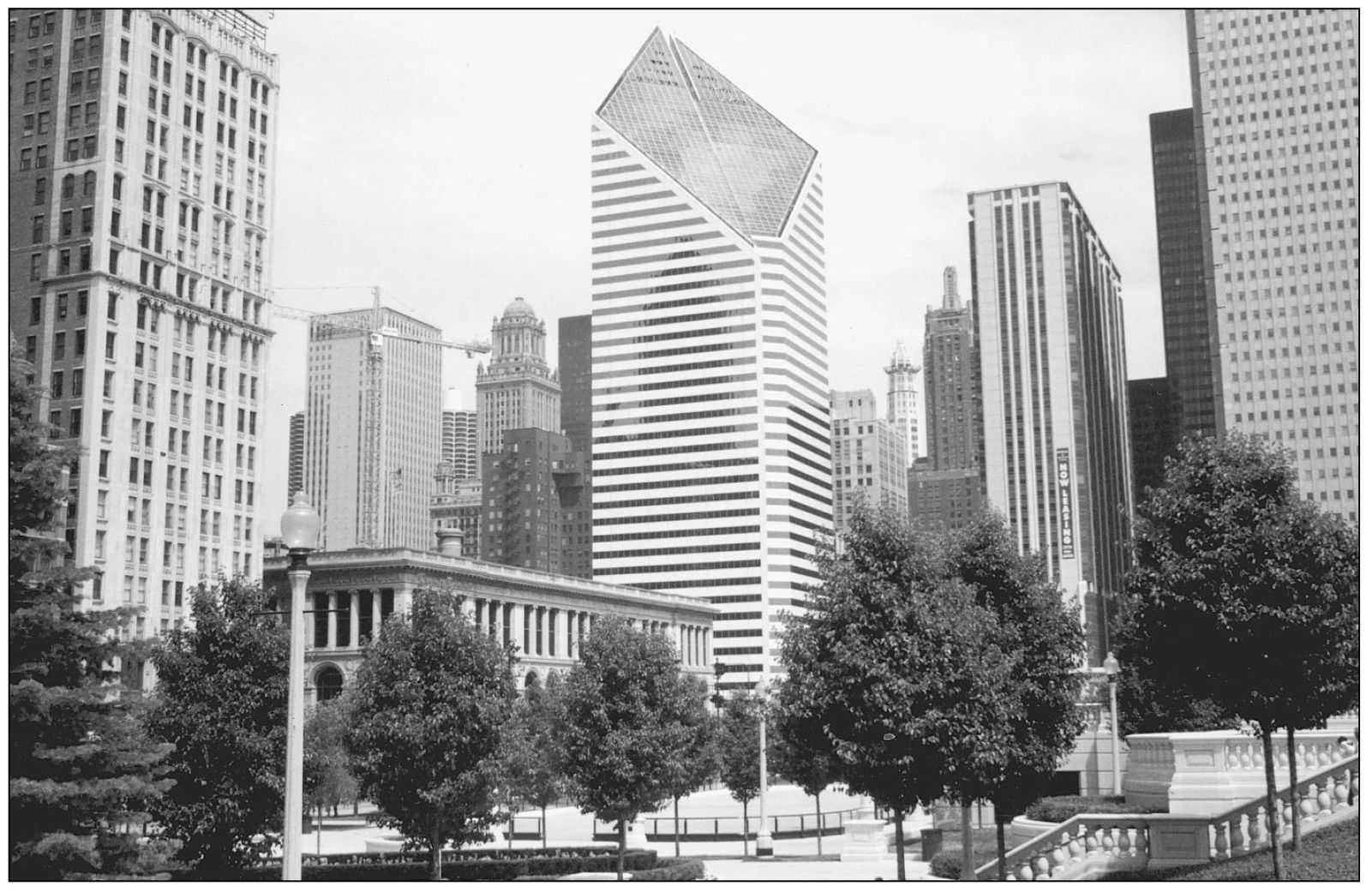
150 N. MICHIGAN AVENUE. The diamond-shaped building in the center background headquarters the Consulate General of Sweden and is home to the Swedish Trade Council. The Swedish presence in Chicago is alive and well among the high rises of the Magnificent Mile. (Photograph by Paul Michael Peterson.)

SWEDISH DAYS, GENEVA, ILLINOIS, C. 1992. Approximately 50 miles west of Chicago, one can experience the culture and flavor of Sweden in the bucolic setting of Geneva, Illinois. An inviting community of 19,000, Geneva celebrated the 50th anniversary of its Swedish Days festival in 1999. (Photograph by Paul Michael Peterson.)